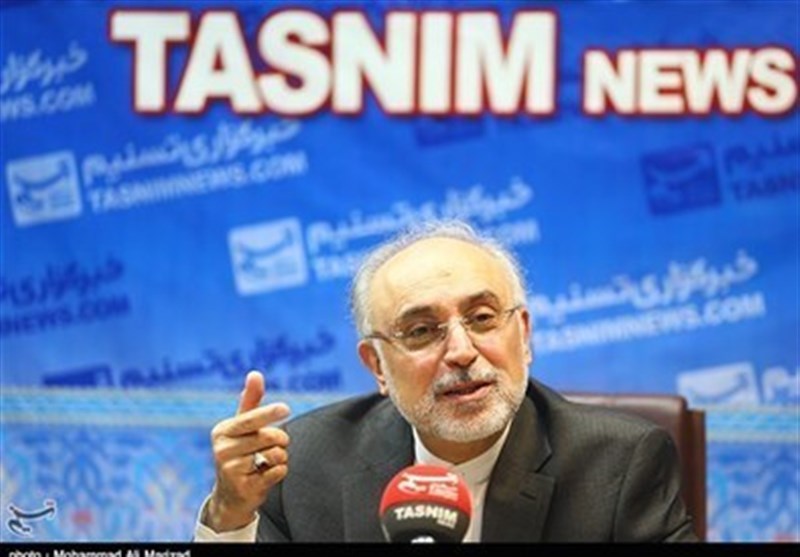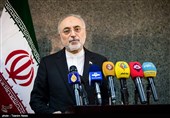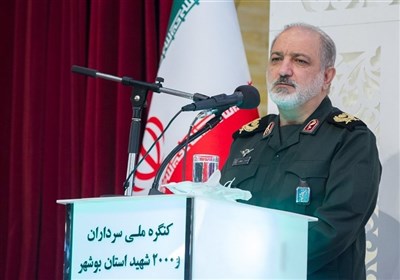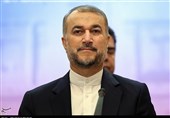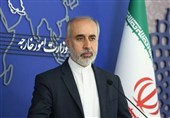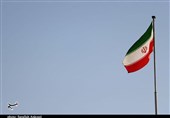Iranian Factory Ready for Making Centrifuge Machine Components
TEHRAN (Tasnim) – An Iranian factory manufacturing rotors used in advanced centrifuge machines has come on stream, head of the Atomic Energy Organization of Iran announced, saying the facility is part of plans to elevate the country’s uranium enrichment capacity to 190,000 Separative Work Units.
In an interview with IRIB on Wednesday, Ali Akbar Salehi announced the completion of the factory that manufactures rotors for the new generation of centrifuge machines that enrich uranium.
The rotor-making factory was completed in compliance with Leader of the Islamic Revolution Ayatollah Seyed Ali Khamenei’s order to make preparations for the enrichment of uranium up to a level of 190,000 SWU without any delay, Salehi said.
He added that while the factory could have been constructed within the next seven or eight years, Iran began to develop it during the nuclear talks with world powers, but did not complete the facility until before the Leader’s order.
According to Salehi, the factory has the capacity to manufacture around 60 IR-6 centrifuge machines each day once the country starts to mass produce this new generation of centrifuges, which he said would require various advanced materials.
Back in June, Salehi said Iran has already developed the necessary infrastructure at the Natanz nuclear facility for enrichment of uranium up to a level of one million SWU.
The Natanz nuclear complex in central Iran has been configured to accommodate 48,000 centrifuge machines, he said, explaining that the work to enhance the capacity of uranium enrichment and open new units for assembling the new generation of centrifuge machines had begun even before the achievement of the Joint Comprehensive Plan of Action (JCPOA).
In early June, Ayatollah Khamenei ordered the Atomic Energy Organization of Iran to make preparations for the enrichment of uranium up to a level of 190,000 SWU without any delay in the framework provided by the JCPOA.
On May 8, the US president pulled his country out of the JCPOA, which was achieved in Vienna in 2015 after years of negotiations among Iran and the Group 5+1 (Russia, China, the US, Britain, France and Germany).
Following the US exit, Iran and the remaining parties launched talks to save the accord.
Meanwhile, Ayatollah Khamenei has underlined that any decision to keep the JCPOA running without the US should be conditional on “practical guarantees” from the Europeans.
